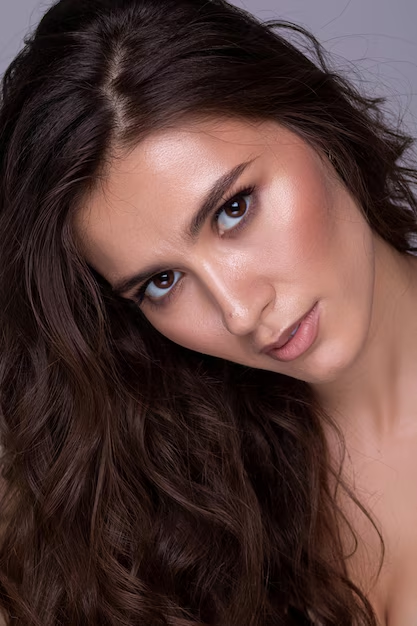What happens 10 years after hair replacement?

Boosts Confidence and Self-Esteem
Losing hair can take a toll on a person's confidence, but hair replacement offers a way to restore a youthful, natural appearance. This improvement in appearance can significantly boost self-esteem and overall quality of life.Minimal Maintenance Required
After the initial procedure, hair replacement typically requires minimal maintenance. Transplanted hair grows just like natural hair, so you can treat it with the same care you would your original hair, without the need for constant upkeep.Long-Term Cost Efficiency
While hair replacement procedures can involve an upfront investment, the long-term benefits, including the avoidance of ongoing costs for wigs or treatments, can make it a cost-effective option in the long run.What Happens 10 Years After Hair Replacement?
After 10 years, the results of a hair replacement procedure can vary based on the type of treatment and individual factors such as age, lifestyle, and overall health. For hair transplant patients, the transplanted hair typically remains healthy and continues to grow as expected. However, it’s important to note that hair loss may continue in areas that were not treated, as hair follicles in those regions can still be susceptible to thinning or shedding.Long-Term Growth and Stability
Hair transplants generally yield permanent results, with the transplanted follicles continuing to grow and thrive. After 10 years, many patients enjoy a full head of hair that requires little to no additional intervention.Continued Hair Loss in Untreated Areas
While the transplanted hair remains stable, other untreated areas may still experience thinning or hair loss. This is why some individuals opt for additional touch-up procedures or treatments after several years to maintain a uniform appearance.Preservation of Results with Proper Care
The long-term success of hair replacement largely depends on how well the hair is cared for. Maintaining a healthy lifestyle, protecting the hair from damage, and following the doctor’s recommendations for ongoing hair care can help ensure the longevity of the results.FAQs:
How long does hair replacement last?
Hair replacement treatments, such as hair transplants, can provide permanent results. Transplanted hair continues to grow for many years, although untreated areas may experience further hair loss.Will my hair continue to thin after a hair replacement?
Yes, while the transplanted hair remains permanent, natural thinning can continue in untreated areas. Many individuals choose additional procedures to maintain overall hair density.Do I need to maintain my hair after a replacement treatment?
Minimal maintenance is required after a hair replacement. Proper care, like gentle washing and protection from UV damage, can help preserve the results.Can hair replacement treatments prevent future hair loss?
Hair replacement does not stop future hair loss in untreated areas, but it can effectively restore volume to areas that have already lost hair. Additional treatments can be done to address future thinning.Is hair replacement suitable for everyone?
Hair replacement is generally suitable for most people experiencing hair loss. However, the best candidates are those with sufficient donor hair and realistic expectations about the results.Conclusion:
Hair replacement treatments offer long-term solutions for those dealing with hair loss, with results that can last for many years. Ten years after the procedure, many individuals enjoy permanent, natural-looking hair. However, continued hair loss may occur in untreated areas. By following a proper maintenance routine and considering additional treatments as needed, individuals can maintain their new look and enjoy the benefits of their hair replacement for many years to come.Comments
